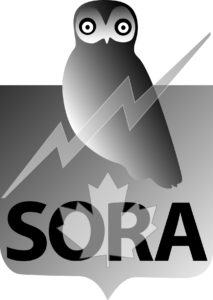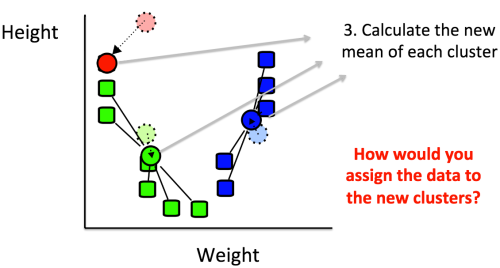I have accepted an offer from the Bank of Montreal to become a Manager of Operational Risk Analytics and Modelling at its corporate headquarter office in Toronto. Thus, I have resigned from my job at the British Columbia Cancer Agency. I will leave Vancouver at the end of December, 2015, and start my new job at the beginning of January, 2016.
I have learned some valuable skills and met some great people here in Vancouver over the past 2 years. My R programming skills have improved a lot, especially in text processing. My SAS programming skills have improved a lot, and I began a new section on my blog to SAS programming as a result of what I learned. I volunteered and delivered presentations for the Vancouver SAS User Group (VanSUG) – once on statistical genetics, and another on sampling strategies in analytical chemistry, ANOVA, and PROC TRANSPOSE. I have thoroughly enjoyed meeting some smart and helpful people at the Data Science, Machine Learning, and R Programming Meetups.
I lived in Toronto from 2011 to 2013 while pursuing my Master’s degree in statistics at the University of Toronto and working as a statistician at Predicum. I look forward to re-connecting with my colleagues there.






Recent Comments